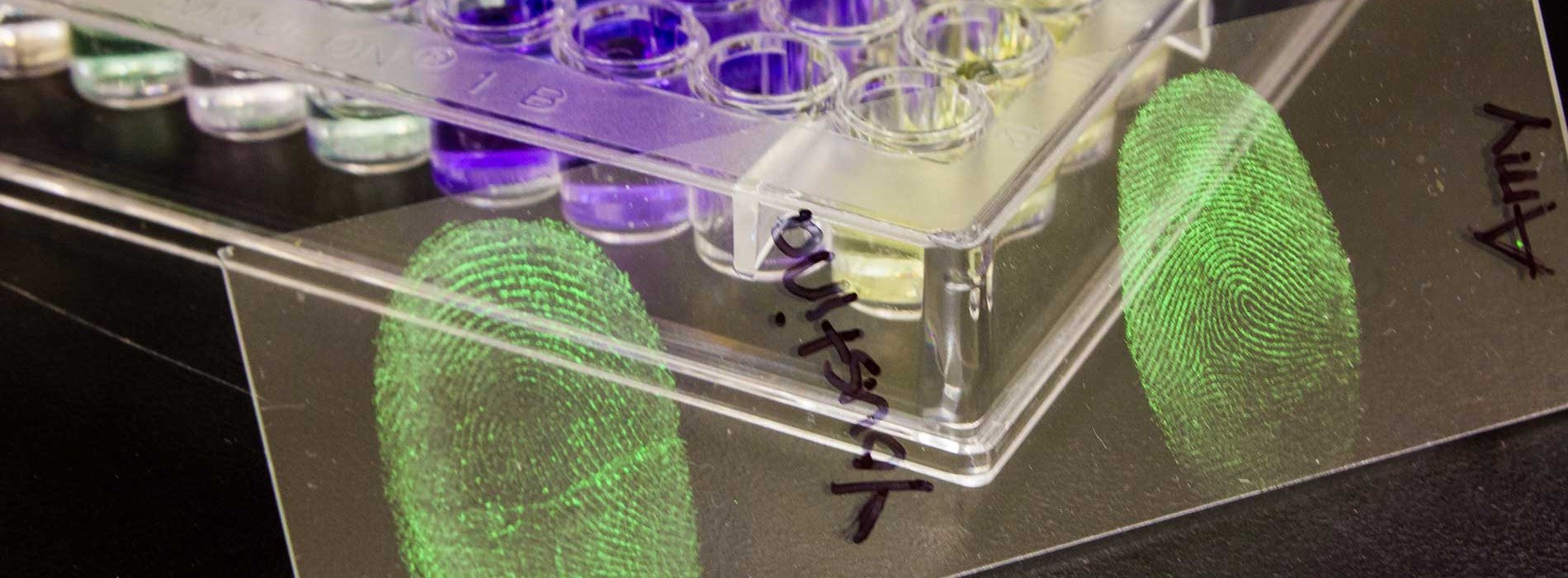Ruth Whitman Cold Case
The story is far too common — a vibrant young woman’s life cut tragically and violently short for no discernable reason. Sadly, that is the story of young Ruth Whitman, an 18-year-old woman living in Albany, New York, who was found dead in a drainage ditch in December 1959. For more than 60 years, Whitman’s family and the community have waited for answers in this shocking and disturbing case.
The Crime
In the early hours of December 8, 1959, 18-year-old Ruth Whitman’s lifeless body was found on Sandcreek Road in Colonie, New York. Her face was severely beaten, and she had suffered a blow to the back of her head. Although Whitman sustained these brutal injuries, her ultimate cause of death was asphyxiation due to drowning. The medical examiner believed that the blow to the back of her head left her unconscious and led her killer to believe she was dead. The killer then dumped her body in a drainage ditch on the side of the road, where she drowned.
Despite the lack of evidence or indication of sexual assault, the authorities believe that someone re-dressed Whitman. Her outer layers of clothing did not have any blood stains, her shoes were untied, and her blouse was unbuttoned.
The Victim
Ruth Whitman’s life before she met her untimely end is also a mystery since she did not have many friends or associates. Whitman was last seen on Lancaster Street in Albany, where she lived with her fiancé, Nelson Paul. There are conflicting reports about what she was really like, with some describing her as quiet and shy, while others claimed she was known to be a heavy drinker who was often seen in the local “red light” district.
To add to the drama, Whitman was in the early stages of pregnancy when she was murdered. Paul claimed he didn’t know about the pregnancy. DNA testing wasn’t unavailable at the time, so it was impossible to determine if the baby was Paul’s.
The Cold Case
On the night of Whitman’s murder, most people in the neighborhood were outside their homes, watching a building fire that occurred at 63 Lancaster Street. As firefighters worked, some sat on their front porch steps and watched, while some walked from a few blocks away to watch the blaze. The large gathering led to many potential witnesses, but it ended up being a source of conflicting statements regarding Whitman’s presence and activities at the fire.
Some neighbors said they saw her there alone, while others confidently affirmed that she was accompanied by an unknown male in his early 20s. Investigators are sure this was not Paul, as his solid alibi placed him at work during the time. Still others insist Whitman wasn’t at the fire at all. Today, it is believed that she walked past the fire to meet her fiancé, who worked at the White Tower restaurant, but nothing is known after that moment.
Although hundreds of witness interviews were conducted and saved, most of the evidence from the crime scene has been lost over time and is not available for testing. It will likely require testimony from a new witness or a confession from the perpetrator for this case to be solved.
How Cold Case Analysis Center Students Are Helping
Students at the Cold Case Analysis Center (CCAC) have been tirelessly deciphering the multitude of leads and witness statements, diligently pursuing justice, and closure for Whitman’s family. With a case this old, the odds of uncovering the truth get smaller and smaller with every passing day.
Collaborative student efforts and investigative tactics employed by Colonie Police absolved Nelson Paul as the primary suspect in this homicide. Paul moved to Canada shortly after Whitman’s murder and spent 25 years in prison there on a charge unrelated to the Ruth Whitman murder. Students from CCAC had the opportunity to reinterview Paul in 2020, and he confirmed the statements he had made previously regarding the night of Whitman’s murder.
Despite the overwhelming obstacles, students have organized years of files containing autopsy reports, statements, and newspaper articles from that time. They have also located family members, and they continue to locate potential suspects, and witnesses associated with the case. In cooperation with Capital Region biologists, they uncovered the exact location of the victim’s body.
Today, students continue to apply their knowledge of psychology and criminology to identify Ruth Whitman’s killer. Through meticulous analysis of cold case files, the CCAC discovered that serial killer Robert Garrow lived just a block away from Whitman at the time of her murder — and some say they even knew each other. Students have gone to Hamilton County to retrieve court documents pertaining to Garrow, and he remains a potential suspect along with individuals who gave conflicting statements related to Ruth Whitman’s death.
Although it has been more than 60 years since the Ruth Whitman Colonie murder, law enforcement and the students at CCAC are not giving up on one day finding her killer.




